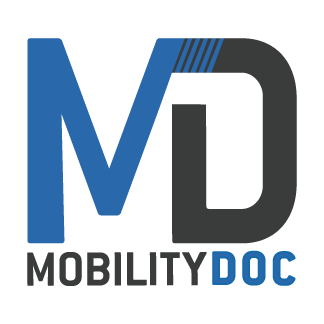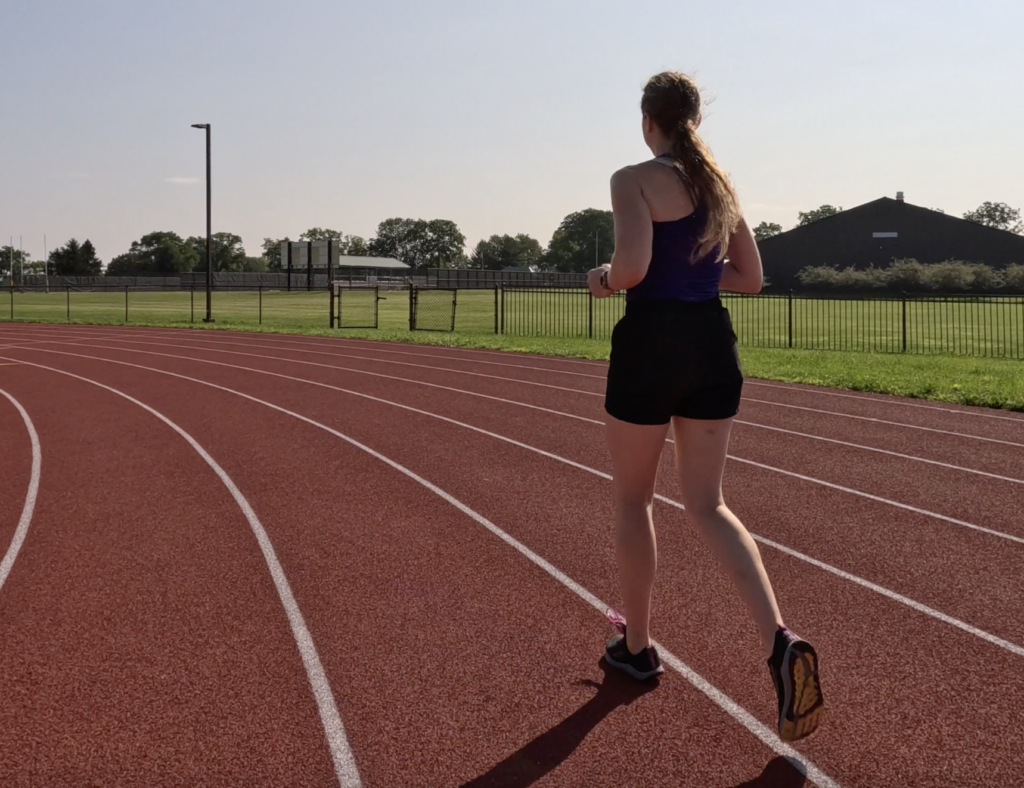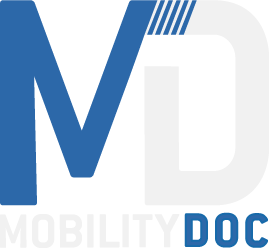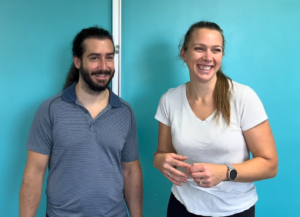In last week’s blog, I talked about addressing my injury through appropriate phases of injury recovery and finding a substitute while you’re taking time off. In addition to addressing the problem at hand, I want to make plans for the future. Obviously I can’t do exactly what I was doing before. Today I’ll detail two changes in my future training. In addition, I want to talk about why I’m putting so much thought into my future running plans. Finally, I’ll discuss what it looks like to implement these changes for the future.
Adaptations for the Future
My future plans for running are two fold: 1. I need to rebuild a better foundation. 2. I want to diversify my training. First, the better foundation is, in part, related to the recovery work I do to rebuild and maintain my foundation. I want to stress: recovery work is imperative. As a runner, we take the same steps thousands of times. That’s a lot of time to reinforce asymmetries and negative patterns. By doing recovery work (among other things like strength training), I’m making sure that my asymmetries and compensations don’t become so great that I wind up in the same place I started. Now we can take a look at what I mean by recovery work as well as a useful tip.
My Recovery Work
Your recovery work should address your asymmetries, compensations, and pain. So you need to choose the right exercises. My recovery work looks a lot like my injury rehab. I’m foam rolling and stretching my calf. I’m also addressing my tighter hip on the right side. I’ve been foam rolling and doing the brettzel 2.0 (shown below) or low lunge quad stretch for my hip flexor/quad. I’ve been foam rolling my glute and doing the pigeon stretch. These are the right exercises for me based on what I’ve discussed in previous weeks.
Check Out My Favorite Quad Couplet!
In addition to choosing effective exercises, it’s important to keep in mind that simplicity and consistency are key. I’m keeping it simple, and I’m being consistent. I’m sticking with the same handful of exercises, so that way I can make sure that I’m giving myself enough time to see improvement and address any issues. You don’t need to do something different every day or use tons of equipment. It just has to be effective, and you need to do it. This leads me to my next point.
You Have To DO IT
The recovery work is only good if you do it. So while I’m doing my running substitute bike workouts, I’m getting used to factoring in the time needed to do it. This is one of the hardest parts for my patients and myself. Here’s how I’m thinking about it: If I have a 10 min warm up and a 50 min workout, I am adding in 10 min at the end of foam rolling and stretching. So now, instead of having a 60 min workout, I have 70 min. If I’ve only allocated 60 minutes, then that means I cut the “workout” portion down from 50 to 40 minutes. This is helpful to address this now, so then when my injury recovery is over and I do get back to “normal” running, I already have this system in place.
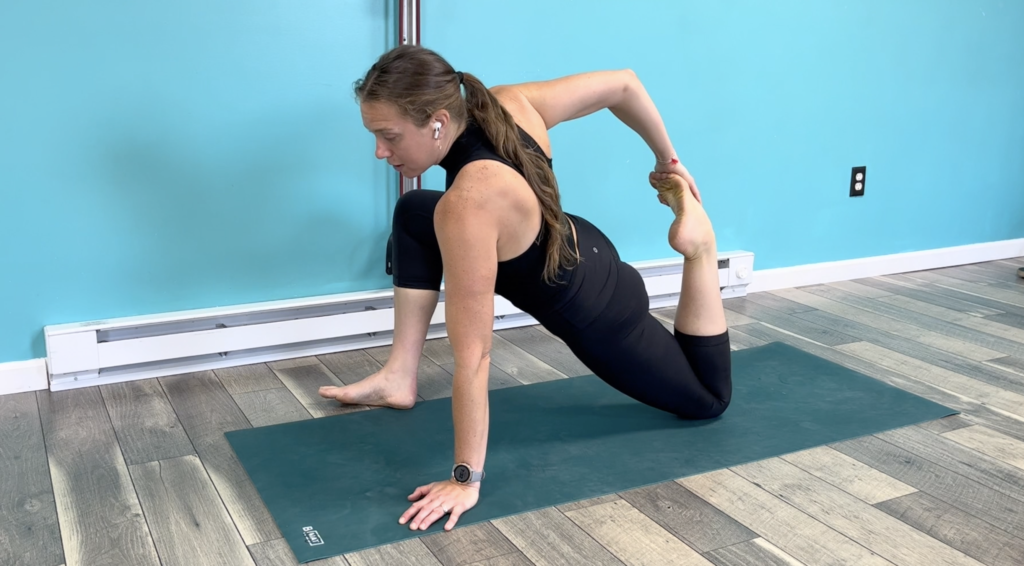
More Than Fluff
In addition to having a better foundation, I’m also rethinking my training itself. I’ve come to love the bike, and the bike is here to stay. I’m not talking about the bike as “cross training” tool–you know the form of “pedal it out” for 45 minutes. I mean using the bike as a substantial workout. I think it’s really easy for me to value running as the superior form of cardiovascular activity, the only substantial workout. My value of running is formed by its physical benefits but also the mental/emotional, but more on that later. But if we focus for a moment on the physical benefits, here is where the bike can yield the same training effect (to a degree) while offsetting the physical stress of running.
The training effects that I’m talking about are getting substantial anaerobic and high aerobic output. These types of workouts build my fitness. They teach me about accelerating and decelerating, maintaining a fast cadence, holding a high HR. I’ve found that with the bike I can especially do these sprint workouts that are giving me huge anaerobic benefits. I get these sprint workouts without additional miles on my body. There is less impact on my bones/joints when I bike. I’m committed to keep this as part of my training regimen.
Why Don’t You Stop?
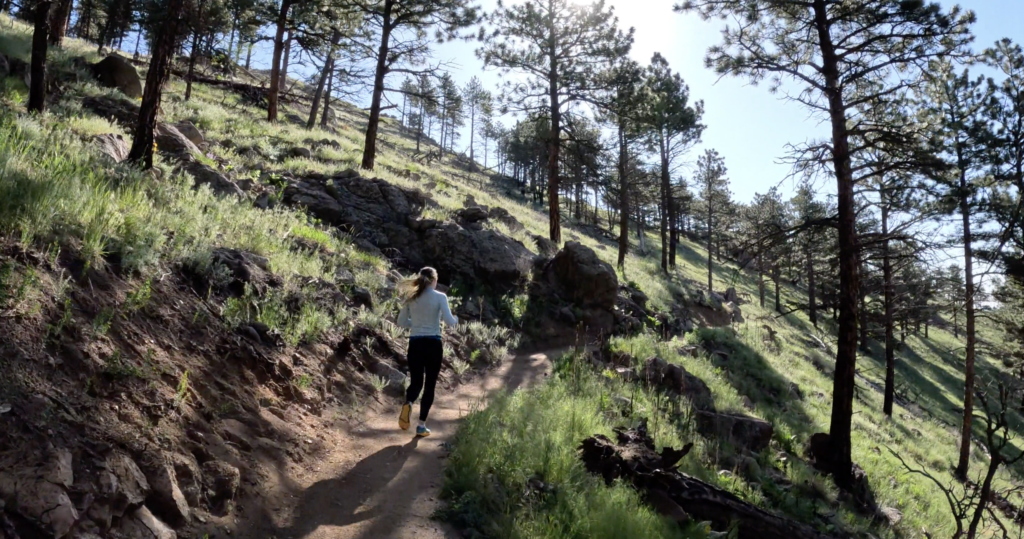
So I’m going on and on about this bike, and you could be wondering a few things: Could I reduce the risk of a stress fracture if I stopped running all together or greatly reduced what I am doing? Yes, absolutely. Well, why continue to run? Simply, if i didn’t run, I would fundamentally change who I am and how i think about myself. I’m not looking to take running out of my life. I’m committed to finding a way that I can train in a more sustainable way. I’ve detailed what that looks like in terms of injury recovery rehabilitation and my plan for the future. But it’s also important to remember that you don’t have to do this on your own.
Consult a Trusted Physician
Find a provider who is committed to helping you be the version of yourself you want to be. If someone simply tells you “just stop running,” they better have a really good reason for telling you that. Don’t get me wrong sometimes there are! But a lot of times there aren’t. You need someone who is going to listen to you and try to understand you. They should be trying to use their knowledge and experience to help you get from where you are to where you want to be. This injury recovery progression can be really complicated. There are a lot of variables to control for and change. Please, please remember that just because someone says that’s all they can do, it doesn’t mean that’s all that can possibly be done. If you don’t feel satisfied, continue to explore different resources and ask questions.
No 2 Journey’s Are The Same
When I talk about an injury recovery (rehab) progression, I want to emphasize that this isn’t linear. There will be undulations. At this point, there is a lot of trial and error. That’s why it’s so important that I maintain that dialogue with myself. I might do too much or too little, and the only way I’ll have a sense of that is if I keep asking myself questions. (Also, here’s where I’ll say one more time that a PT can help you with those questions and guidance.) In the meantime, I’ll continue to follow my plan of 1. Addressing the injury, 2. Doing my substitute workouts, and 3. Planning for the future to make me an all around better runner (and a sane injured runner). I’ll also continue to remind myself that this is a dynamic process that requires adjustments along the way.
Watch This Week's Calf Injury Recovery Video Here!
Over the next several weeks, I’ll keep you guys updated on this rehab process because the transition back to running can be tricky. I hope that by sharing my personal experience through the lens of a physical therapist, you can examine your own training and find some benefit. As always, I welcome questions and thank you for your support. It’s been really special to me that so many of you are following along with me.
Join Our Groups!
Are you a mover? Share your active lifestyle with us! We want to know all about what you love to do and why you love to do it. We hope to see you there!
Join Strava:
Join Garmin:
